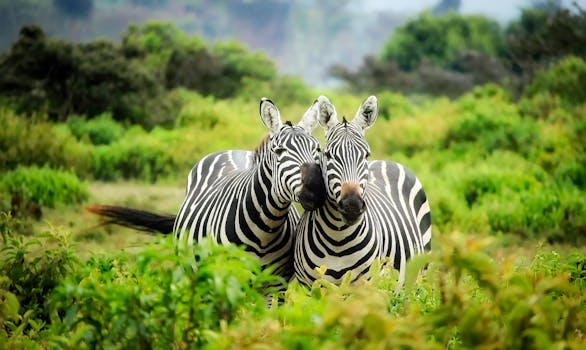Discovering Costa Rica: A Green Paradise
Costa Rica, often referred to as a green paradise, is renowned for its rich biodiversity and commitment to environmental conservation. With over 25% of its land designated as protected areas, this Central American gem offers travelers a unique opportunity to immerse themselves in nature while contributing to conservation efforts. This article explores how you can support nature conservation projects during your trip to Costa Rica, ensuring that your travel experience is both enjoyable and impactful.
The Importance of Nature Conservation in Costa Rica
Costa Rica is home to approximately 5% of the world’s biodiversity, despite covering only 0.03% of the Earth’s surface. This small country boasts a variety of ecosystems, including rainforests, cloud forests, and coastal areas. However, these natural habitats face threats from deforestation, climate change, and tourism. Supporting conservation projects is crucial for preserving this unique environment for future generations.
Ways to Support Nature Conservation During Your Trip
Travelers can play a significant role in supporting conservation efforts in Costa Rica. Here are some effective ways to make a positive impact:
- Choose Eco-Friendly Accommodations: Opt for hotels and lodges that prioritize sustainability. Many eco-lodges in Costa Rica implement practices such as solar energy, water conservation, and waste reduction.
- Participate in Volunteer Programs: Several organizations offer volunteer opportunities where travelers can engage in hands-on conservation work, such as reforestation, wildlife monitoring, and community education.
- Support Local Conservation Organizations: Contribute to local NGOs that focus on wildlife protection, habitat restoration, and community development. Organizations like the Costa Rican Conservation Foundation and the Osa Conservation are excellent examples.
- Engage in Responsible Wildlife Tourism: Choose tours that promote ethical wildlife viewing and avoid activities that exploit animals, such as those involving captive wildlife or unnatural interactions.
- Educate Yourself and Others: Take the time to learn about the local ecosystems and conservation challenges. Share your knowledge with fellow travelers to raise awareness about the importance of protecting Costa Rica’s natural heritage.
Case Studies of Successful Conservation Projects
Several successful conservation projects in Costa Rica exemplify the positive impact of community involvement and sustainable practices:
- Corcovado National Park: This park is a biodiversity hotspot, home to endangered species like the Baird’s tapir and the scarlet macaw. Local organizations work tirelessly to protect these species through anti-poaching initiatives and habitat restoration.
- Sea Turtle Conservation: Various programs along the Pacific and Caribbean coasts focus on protecting nesting sites for endangered sea turtles. Volunteers help monitor nests, educate tourists, and participate in beach clean-ups.
- Reforestation Efforts: The reforestation project in the Osa Peninsula aims to restore degraded land by planting native tree species. Travelers can participate in planting events, contributing directly to the restoration of vital habitats.
Statistics Highlighting the Impact of Conservation Efforts
The effectiveness of conservation initiatives in Costa Rica is evident through various statistics:
- Since the 1980s, Costa Rica has increased its forest cover from 21% to over 52% through reforestation and sustainable land management practices.
- The ecotourism sector contributes approximately $3 billion annually to the Costa Rican economy, highlighting the financial benefits of preserving natural resources.
- Over 1 million tourists visit national parks each year, providing essential funding for conservation projects through entrance fees and donations.
Conclusion: Your Role in Nature Conservation
Traveling to Costa Rica offers a unique opportunity to experience one of the most biodiverse countries in the world while actively supporting nature conservation projects. By choosing eco-friendly accommodations, participating in volunteer programs, and supporting local organizations, you can make a meaningful contribution to preserving this green paradise. Remember, every small action counts, and your efforts can help ensure that Costa Rica’s natural beauty is protected for generations to come. Embrace the chance to be a responsible traveler and a steward of the environment during your visit to this remarkable country.
